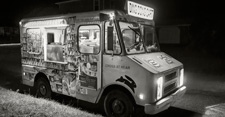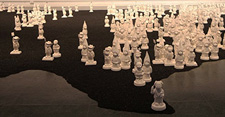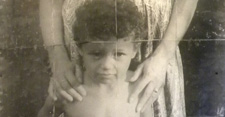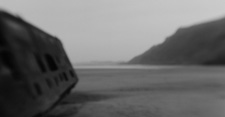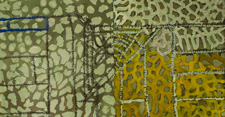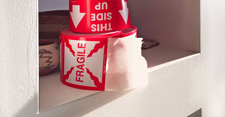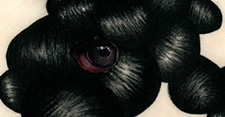Sondra Peron
Atrocity Landscapes
November 13 – December 7
Opening Reception: November 13, 2–4 p.m.
From the battlefields of the US Civil War, to the trenches of the Somme and forts of Verdun, large-scale black and white photographs reveal our collective historical memory as it inhabits our landscape today.
A contemporary view of atrocity landscapes is juxtaposed with historical text challenging the viewer to reconsider these battlefields and their position in them. This body of work was produced using all vintage cameras, most notably the Kodak Hawkeye Brownie first manufactured in the 1940s through the 1960s.
Artist’s Bio
Sondra Peron is a Massachusetts-based photographer whose work integrates historical and philosophical issues while bridging old and new photographic technologies. She holds an M.F.A. in Photography from the Maryland Institute College of Art, and graduated from Smith College with a B.A. in Philosophy.
Ms. Peron works as adjunct faculty and gallery coordinator of the Amy H. Carberry Fine Arts Gallery at STCC, where she teaches traditional photography courses and honors courses in contemporary art and photography.
Artist Statement: Sondra Peron
War is a malignant disease, an idiocy, a prison, and the pain it causes is beyond telling or meaning; but war was our condition and our history, the place we had to live in. -- Martha Gellhorn
Since the birth of the photographic image in 1839, there has never been a world without conflict or war. This unfortunate fact parallels the meteoric rise of photography, first analogue, and most recently, digital photography, which has created a world in which we all live with images of atrocity on a daily basis. In the absence of the people who suffered these atrocities, how does a contemporary photographer respond? With the enduring architecture of war machines, bunkers, disfigured landscapes and infrastructure, these atrocity landscapes challenge us to bear witness to the past in the present.
This photographic exploration begins with an examination of historical sites of war, which reside in contemporary landscapes; places where the action of humans in conflict against one another may have altered the perception of “place.” These places of atrocities, dating back to the battles at Antietam and Gettysburg during the U.S. Civil War, and the trenches in the Somme region of France from World War I, to the Allied invasion at Normandy and horrific concentration camps of World War II scattered throughout Europe, and massacre sites in Bosnia, are represented in this extensive photographic series.
This series, developed over the past twelve years, explores the mnemonic function of photography, and serves to highlight the use of our collective historical narratives of atrocity by using excerpts from soldiers’ diaries, fighting songs, memoirs and news accounts of battles. In doing so, a contemporary view of these atrocity landscapes is juxtaposed with historical text challenging the viewer to reconsider these battlefields and their position in them. This body of work was produced using all vintage cameras, most notably the Kodak Hawkeye Brownie first manufactured in the 1940s through the 1960s. This photographic work was featured in a special issue of Afterimage: The Aesthetics of Atrocity in the summer 2011.
www.sondraperon.com

More Information
Hampden Gallery Hours:
Hampden Pop-up Gallery hours:
Monday: 1:30 p.m. - 6:00 p.m.
Tuesday:1:30 p.m. - 6:00 p.m.
Wednesday: 4:30 p.m. - 7:00 p.m.
Thursday: 12:00 p.m. - 6:00 p.m.
Friday: 12:00 p.m. - 6:00 p.m.
*Follows the University's holiday schedule
Contact Information:
Main Number: (413) 545-0680
Gallery Director, Anne LaPrade Seuthe
Gallery Manager, Sally Curcio

 Hampden Gallery
Hampden Gallery

